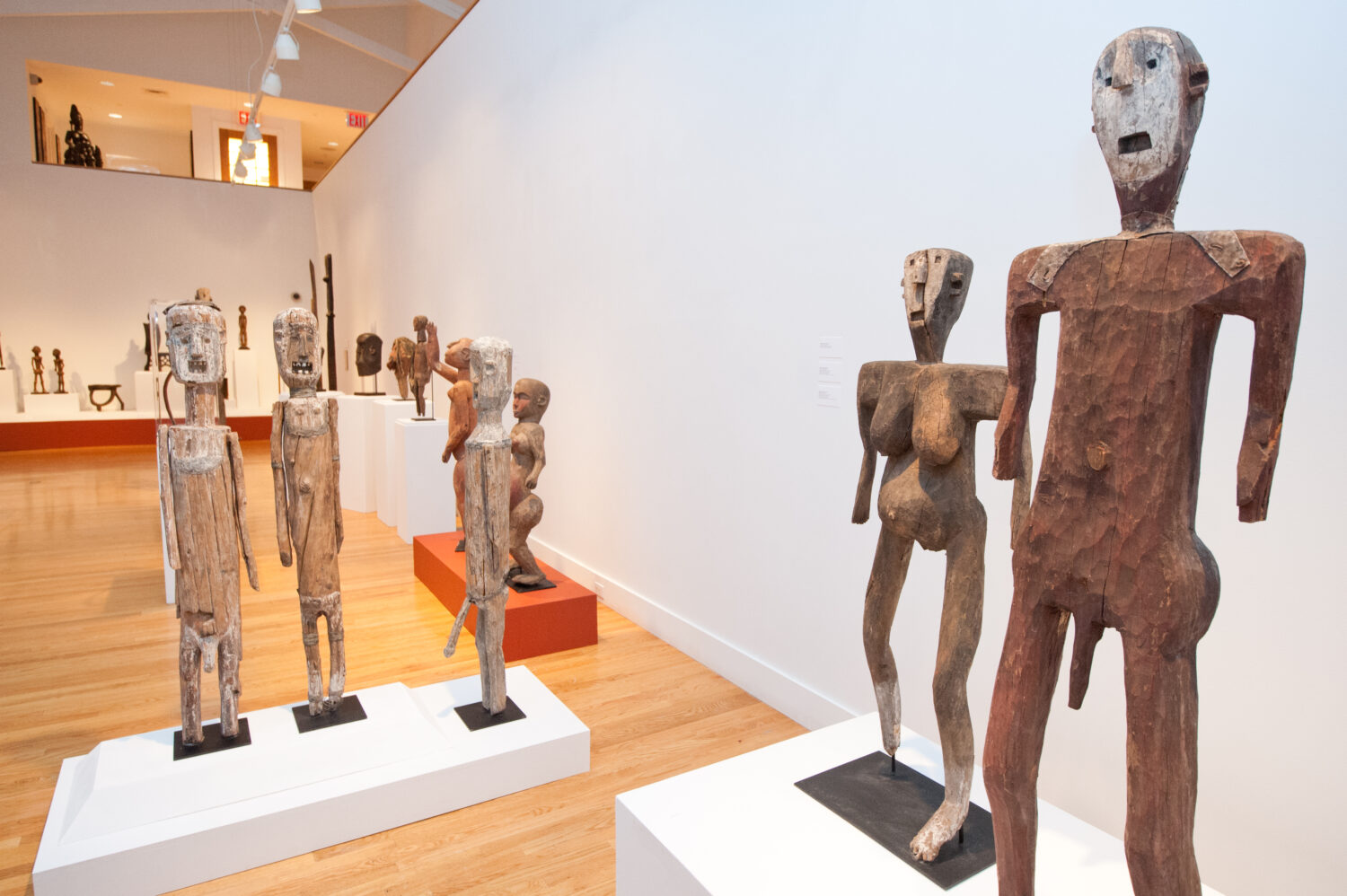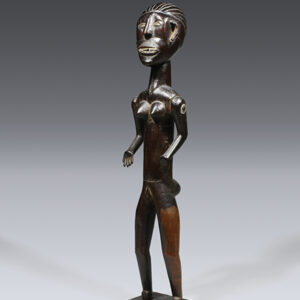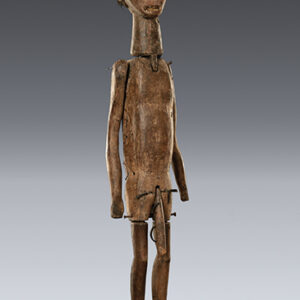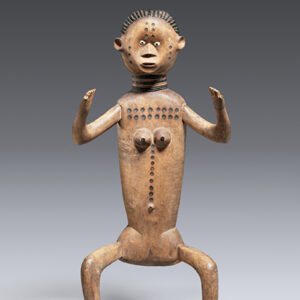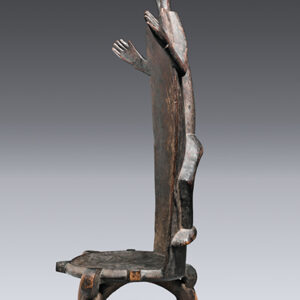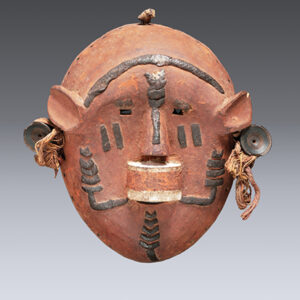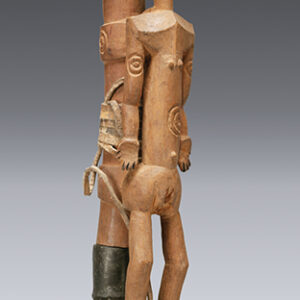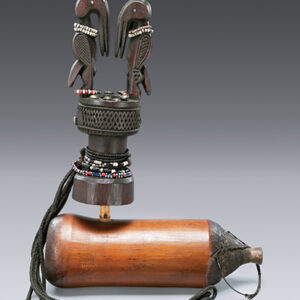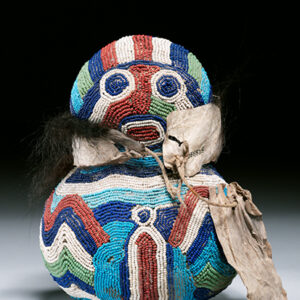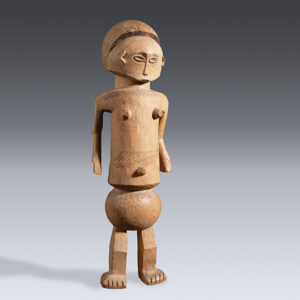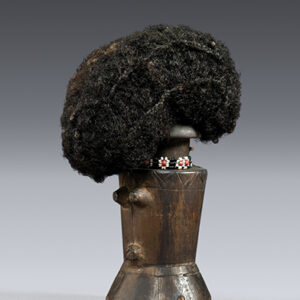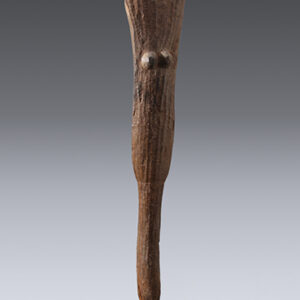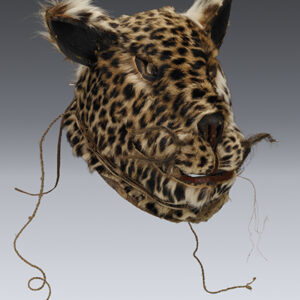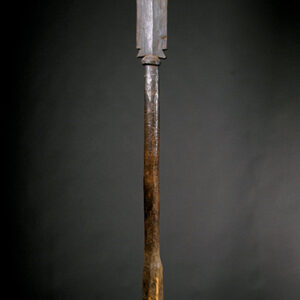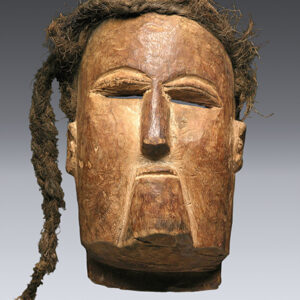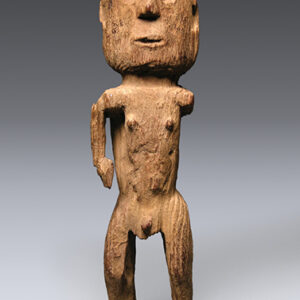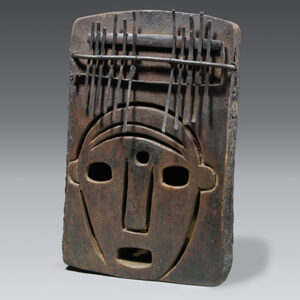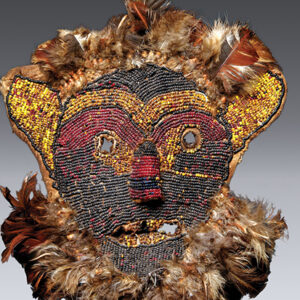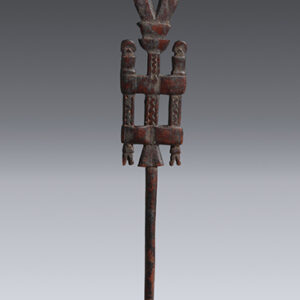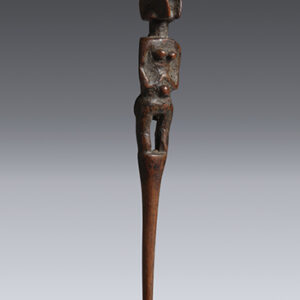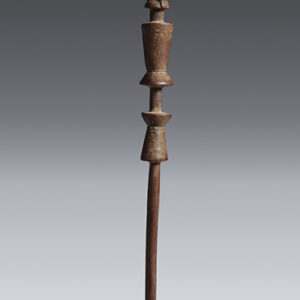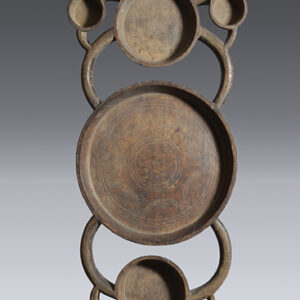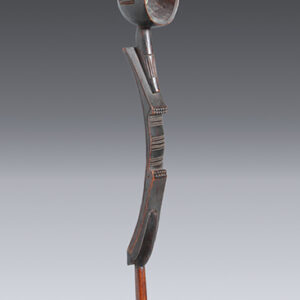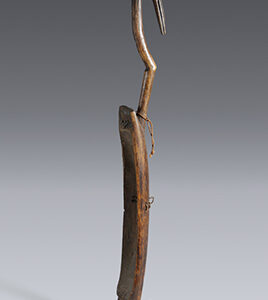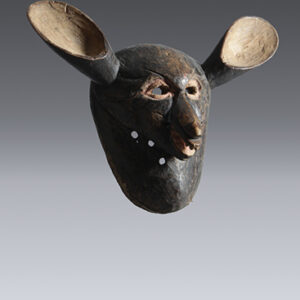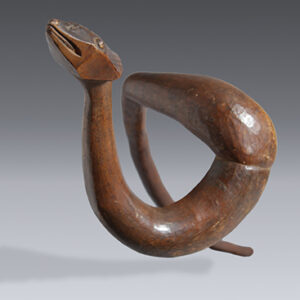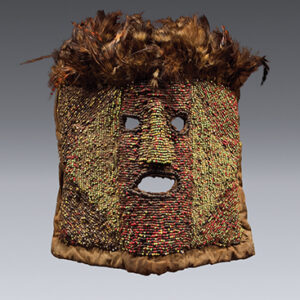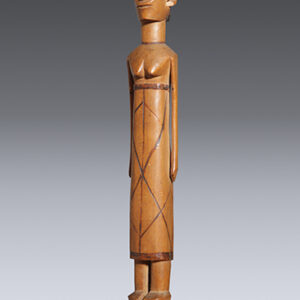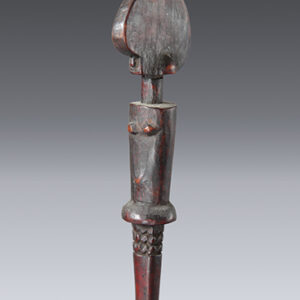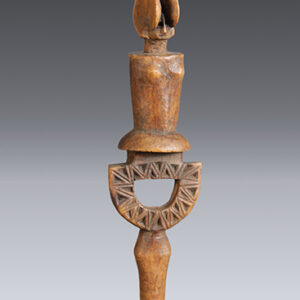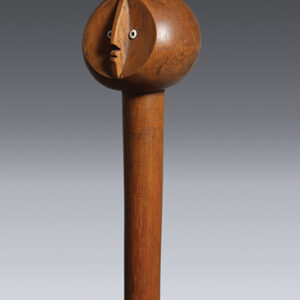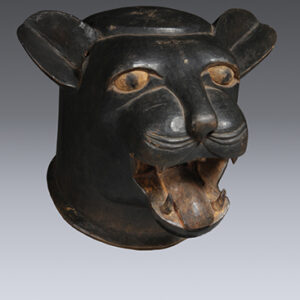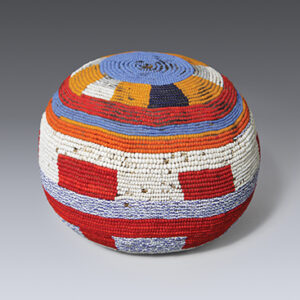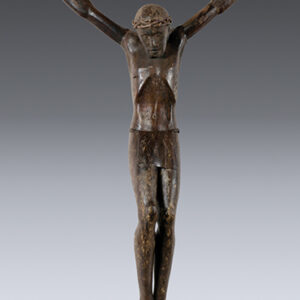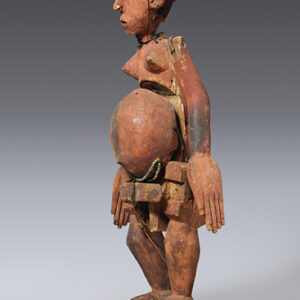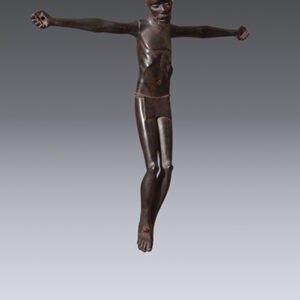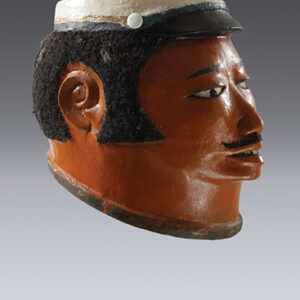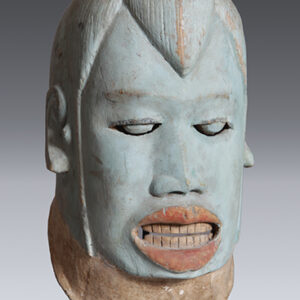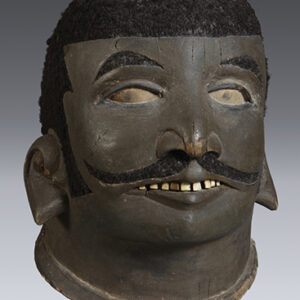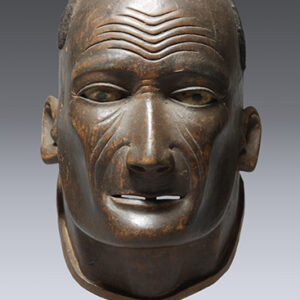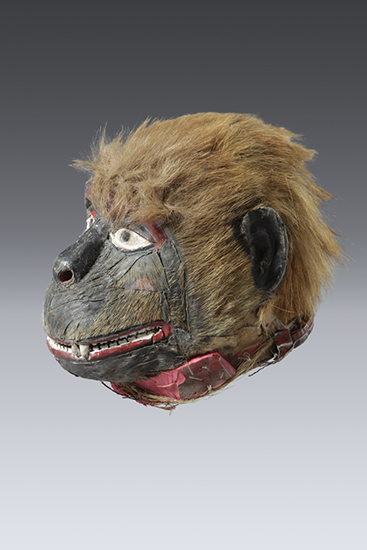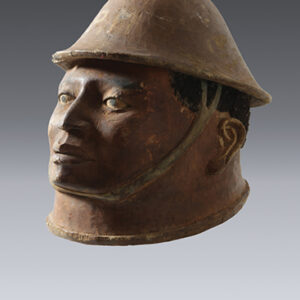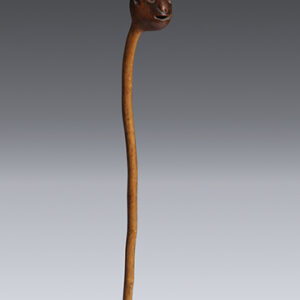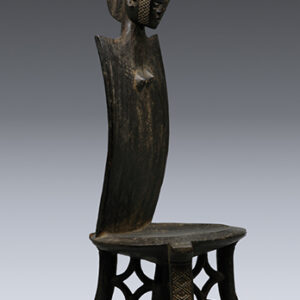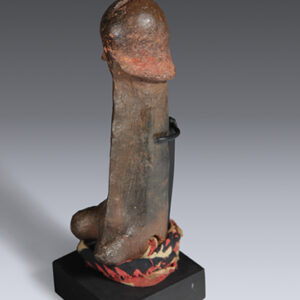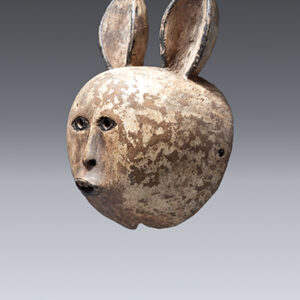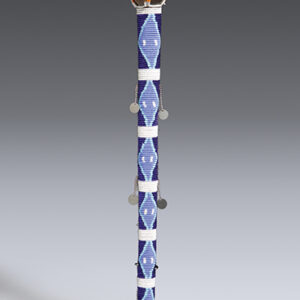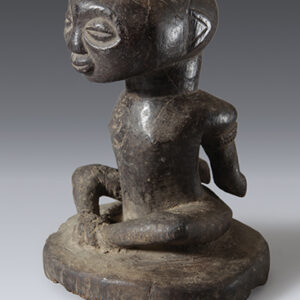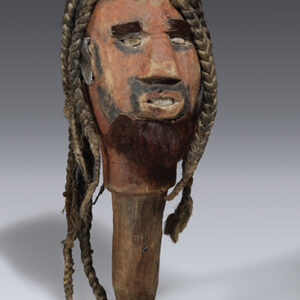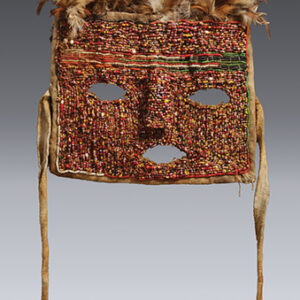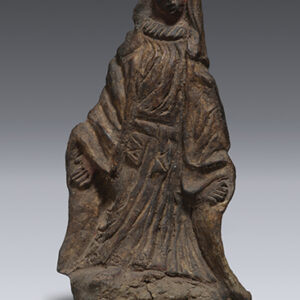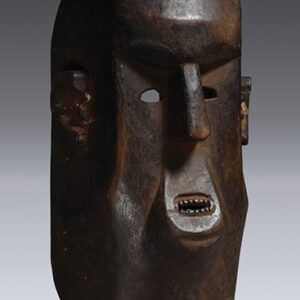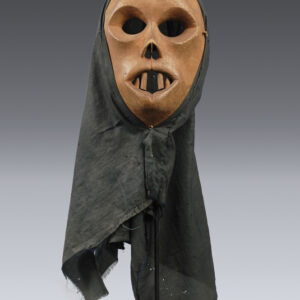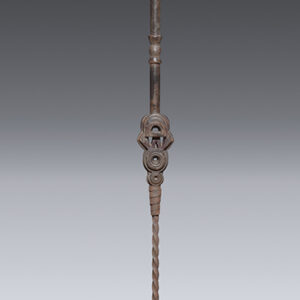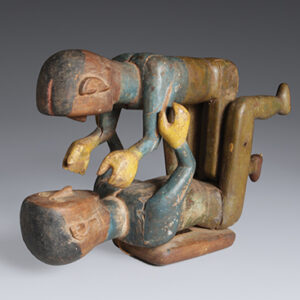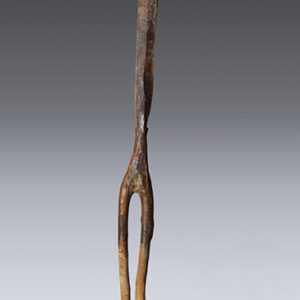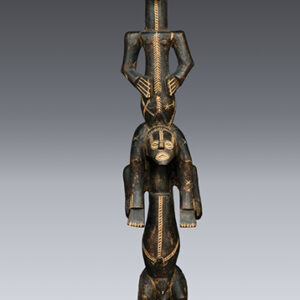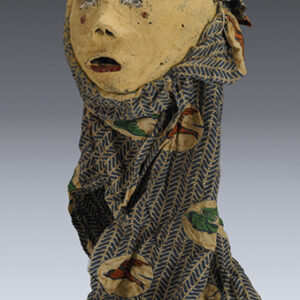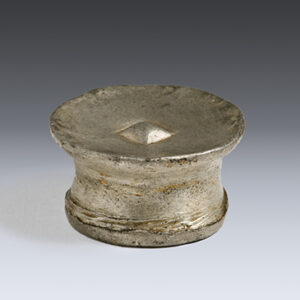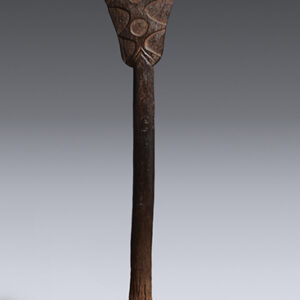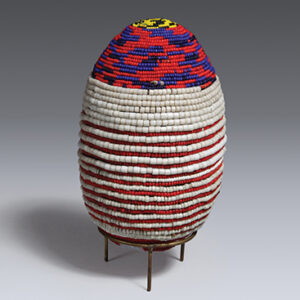SHANGAA—Art of Tanzania, an exhibition and publication presented by QCC Art Gallery, City University of New York (CUNY), is the first major exhibition outside of Germany and originating country to focus on the traditional arts of Tanzania. The exhibition features approximately 150 objects from domestic and international lenders including notable museums in Europe that highlight the diversity of art and culture throughout Tanzania.
Famous as a cradle of mankind, Tanzania has a vast history of human creativity, including such prehistoric rock arts as blades, sound instruments, and cave paintings. Tanzanian art of the historical era, however, is a largely overlooked aspect of African Art—except in Germany, which exercised colonial authority over the mainland until after World War I.
Tanzania includes more than 120 ethnic groups and languages, however today the country’s official language is Kiswahili. The Swahili language began to develop in the first millennium of the Common Era, when Africans living along the Indian Ocean coast began to trade and mix with overseas merchants, primarily from the Arabian Peninsula. During the second millennium, overseas trade expanded to include India, China, and Europe.
Cross-cultural mixing, which has been an enduring feature of Tanzanian history, is reflected in the dynamism of Tanzanian art, open to new effective and affective approaches.
The Swahili word shangaa means to be amazed, astonished, enthused, enraptured, thrilled, surprised—even dumbfounded. Shangaa expresses the awesome quality of art, which derives in part from art’s aesthetic impact but especially from its spiritual power.
Throughout Tanzania, traditionalists honor the spirits of ancestors who oversee the fertility, productivity, and wellbeing of communities, and underwrite the authority of leaders. Special ceremonies invite and ensure the ancestors’ engagement, particularly for fertility and rainmaking.
Other spirits—including nature spirits associated with mountains, caves, bodies of water, and ancient trees—can also exert positive or negative energies, and may be appealed to or appeased in various ways. The physical landscape provides important centers of spiritual power, just as do certain works of art.
The Swahili word mganga describes a doctor-diviner who works with both medicines and spiritual forces to promote healing in body and mind, fertility, and peace and prosperity in society. Many of the objects in this exhibition were used directly by waganga in their practices; others were empowered and fortified by medicine during their creation. Even the masks and dance figures, designed to entertain, often have medicines hidden within them to heighten their dramatic impact.
This exhibition is supported in part by an award from the National Endowment for the Arts: Art Works. The exhibition traveled to the Portland Museum of Art in Maine and exhibition from June 8, 2013 through August 25, 2013.

